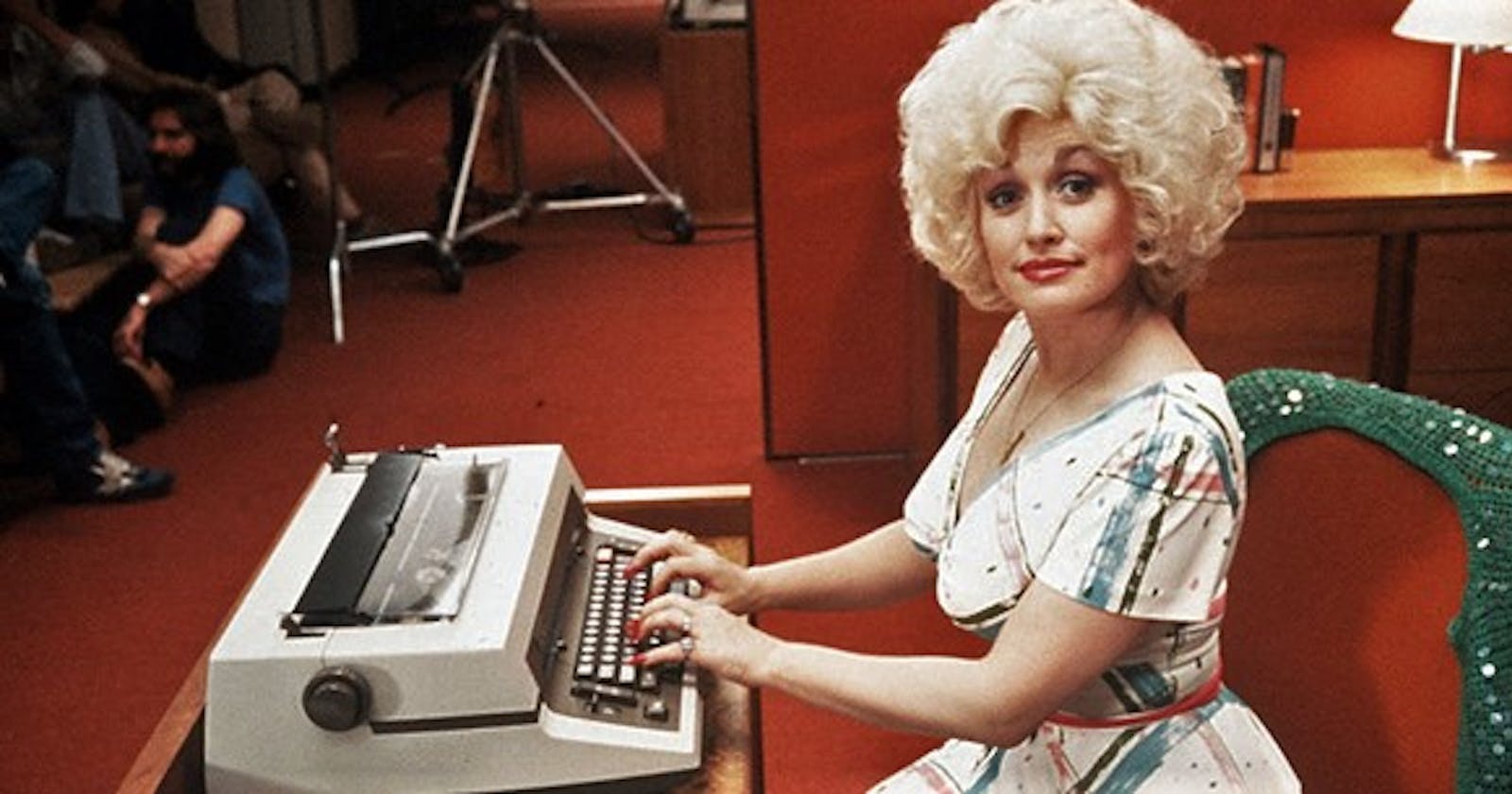Last year, in We've Been Here Since the Beginning, I wrote about how it felt to be constantly othered, assumed to be less competent, and assumed to be a diversity hire. This International Women's Day, I have regained a teensy bit of optimism, so it's all about how to support the women developers in your life. Basically, if you see something, say something.
1. Believe Them
What not believing them looks like:
"He's never been like that with me."
"I don't see the problem with this one interaction."
Acting like having emotions discredits their complaint.
What support looks like:
Being aware there are always power dynamics - learn about intersectionality.
Knowing victimizers can be subtle and good at finding vulnerable victims. Harassment is often death by a thousand cuts over a long period of time.
Knowing if women are receiving blatant mistreatment, that usually indicates it's condoned at the highest level.
Taking a harsh look at your own biases and assumptions. No one is immune from them. If you can, stage an experiment like changing your email signature.
2. Call Out Othering
What othering them looks like:
Being surprised that a woman is successful in a technical role.
Acting like the woman did something special to be the only woman hired.
Pointing out they're the only woman in the room.
Not including women in choosing team social activities.
What support looks like:
Taking the pressure off the one woman. It's not the woman in the room's job to prove that more women need to be in the room.
Putting the pressure back on the employer to hire more women.
Speaking up when someone implies it's weird a woman is involved. It's usually weird more women aren't involved.
Making sure women are invited to meetings and social events. Choose activities that are welcoming to everyone.
3. Combat Stereotypes
What stereotypes about women in tech look like:
"Wow! You're so good at this for a woman."
"Women aren't suited for these kinds of roles."
"Because you're a woman, you must be in a non-technical role."
What support looks like:
Understanding stereotype threat.
Calling out the assumptions being made based on stereotypes. Sometimes they are stated out right, but often it's more subtle.
Asking why they assumed that her role should be non-technical and point out all the evidence to the contrary that they missed.
4. Give Them the Credit They Deserve
What women not getting credit looks like:
What support looks like:
Advocating for your coworkers who often get interrupted or don't seem to get the credit they deserve.
Amplifying women's ideas when they're talked over or ignored. Repeat the idea and give credit to whoever came up with the idea. "Like Sally said, it would be a good idea to..."
If someone is interrupting others constantly, calling it out.
5. Don't Assign Them Glue Work
What glue work being forced on women looks like:
Only women are asked to take notes in meetings.
Only women are writing the documentation at your company.
Ever expecting a woman developer to order coffee or office supplies or take on the mental load that keeps the office running.
What support looks like:
Not doing that.
Calling out people who do those things.
6. Apply the Rules Equitably
What not applying the rules equitably looks like:
- Code standards and practices that are only applied or applied more harshly to women's work.
What support looks like:
Noticing when it seems to take a lot longer for women to get their work pushed through.
Documenting how something has been unevenly applied in the past and how the rule or process should be applied in the future. If anyone gets noticeably upset about you asking for it to be documented, they probably know they benefit from being able to apply it unevenly.
Making sure someone owns the process and can ensure the rules are applied consistently.
7. Don't Tolerate Objectification/Sexualization
What objectification/sexualization looks like:
Commenting on a woman's appearance, unasked.
Anything that implies women's primary role is reproduction.
What support looks like:
Not doing that.
Calling out others who do.
Understanding the difference between "cool shirt" or "nice haircut" and "If you smiled more, you'd be prettier."
8. Hire and Promote More Women
What it looks like when hiring and promoting women isn't a priority:
"Women keep leaving because of other companies' diversity quotas."
Harsher performance reviews and moving goalposts for women looking to advance.
Women being paid less than their male counterparts, regardless of experience.
"We just didn't have any women apply."
What support looks like:
Putting pressure on the company to investigate why women aren't being hired or keep leaving. Don't assume it only has to do with compensation.
Openly sharing your salary with your coworkers.
Putting pressure on the company to objectively review performance review and promotion processes and outcomes regularly.
Sending the hiring team women in tech job boards.
Conclusion
Obviously, some of these things are easier to do the higher you rank in your organization. You may be thinking to yourself "I'm not the CEO. Sure, I can say something, but that doesn't mean it'll change anything." I can guarantee it will change women in your organization feeling like no one cares they have to put up with this.
At the end of the day, that's what being a woman in the tech industry often boils down to: Why do I have to put up with this extra layer of hurdles? Why do people accept this as the status quo?
You'd be surprised how much someone else pointing at the hurdle and saying "this is ridiculous" helps.

